In the Spring 2021 Economic forecast of European Commission, Eurozone GDP forecast was upgraded up to 4.3% in 2021 (from 3.8), and 4.4% in 2022 (from 3.8%). Eurozone inflation is projected to jumped to 1.7% in 2021, but fall back to 1.3% in 2022. Eurozone unemployment rate is projected to rise to 8.4% in 2021, then fall back to 7.8% in 2022. EU GDP projection was upgraded to 4.2% in 2021 (from 3.7%), and 4.4% in 2022 (from 3.9%).
Valdis Dombrovskis, Executive Vice-President for an Economy that Works for People said: “While we are not yet out of the woods, Europe’s economic prospects are looking a lot brighter. As vaccination rates rise, restrictions ease and people’s lives slowly return to normal, we have upgraded forecasts for the EU and euro area economies for this year and next. The Recovery and Resilience Facility will help the recovery and will be a real game changer in 2022, when it will ramp up public investments to the highest level in over a decade. Much hard work still lies ahead, and many risks will hang over us as long as the pandemic does. Until we reach solid ground, we will continue to do all it takes to protect people and keep businesses afloat.”
Paolo Gentiloni, Commissioner for Economy said: “The shadow of COVID-19 is beginning to lift from Europe’s economy. After a weak start to the year, we project strong growth in both 2021 and 2022. Unprecedented fiscal support has been – and remains – essential in helping Europe’s workers and companies to weather the storm. The corresponding increase in deficits and debt is set to peak this year before beginning to decline. The impact of NextGenerationEU will begin to be felt this year and next, but we have much hard work ahead – in Brussels and national capitals – to make the most of this historic opportunity. And of course, maintaining the now strong pace of vaccinations in the EU will be crucial – for the health of our citizens as well as our economies. So let’s all roll up our sleeves.”




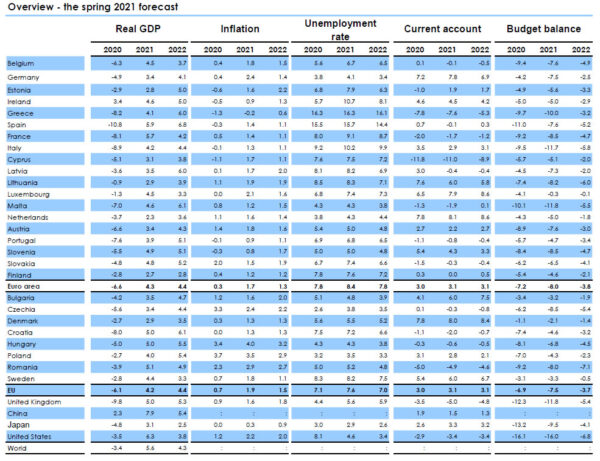
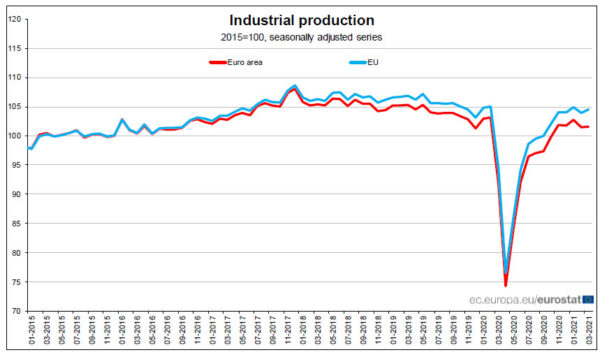
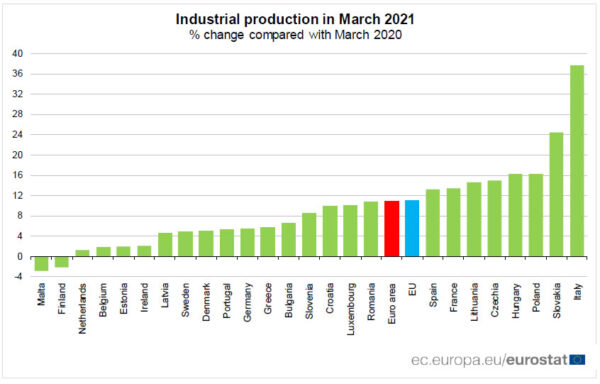
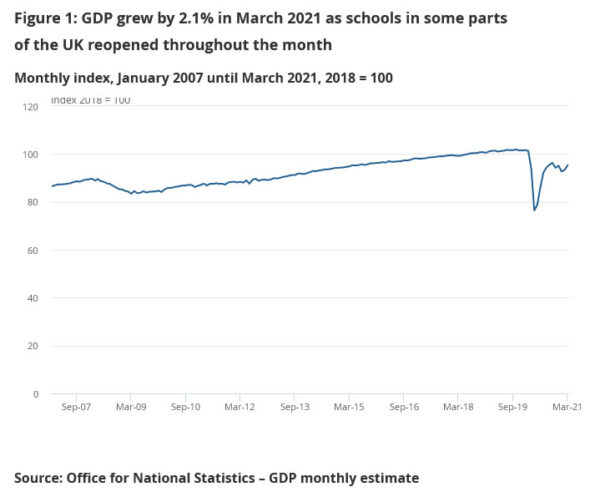
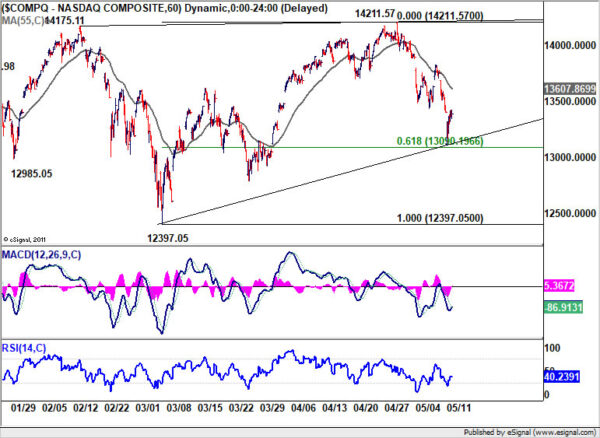
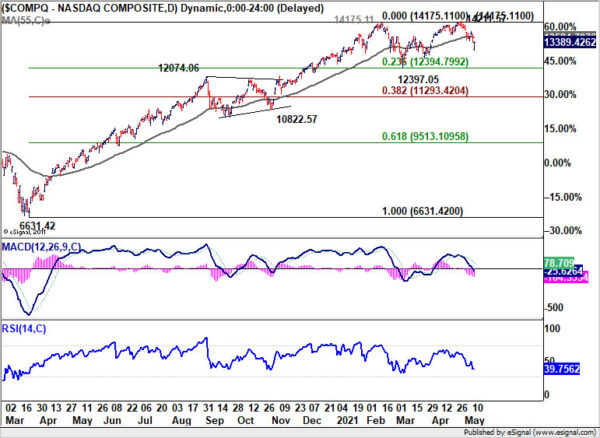
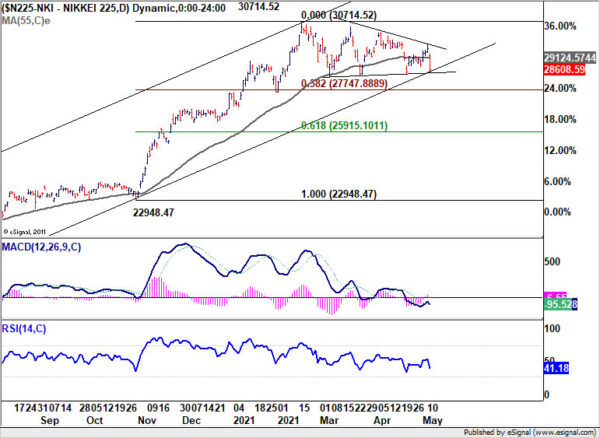
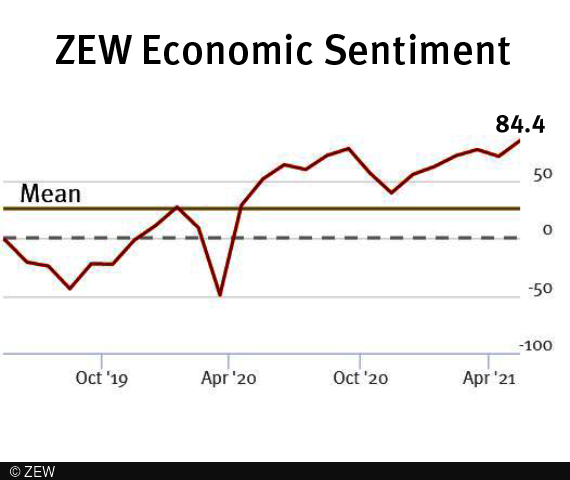
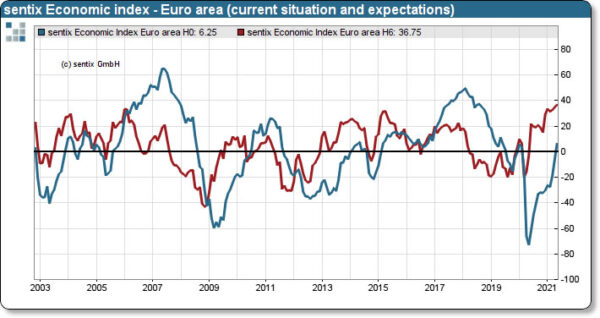
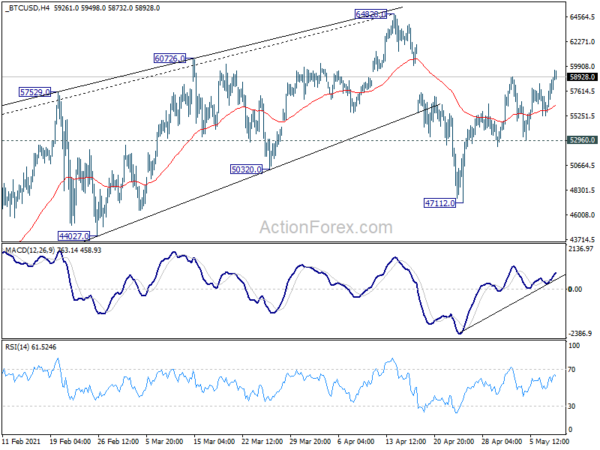
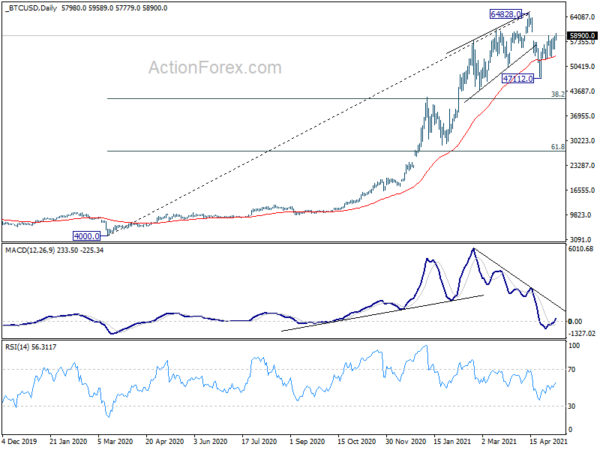

US CPI surged to 4.2% yoy, core CPI at 3.0% yoy
US CPI rose 0.8% mom in April, well above expectation of 0.2% mom. CPI core rose 0.9% mom, above expectation of 0.3% mom. Headline CPI accelerated to 4.2% yoy, up from 2.6% yoy, above expectation of 3.6% yoy, higest level since September 2008. CPI core accelerated to 3.0% yoy, up from 1.6% yoy, above expectation of 2.3% yoy. The’s well above Fed’s target of 2%.
Full release here.